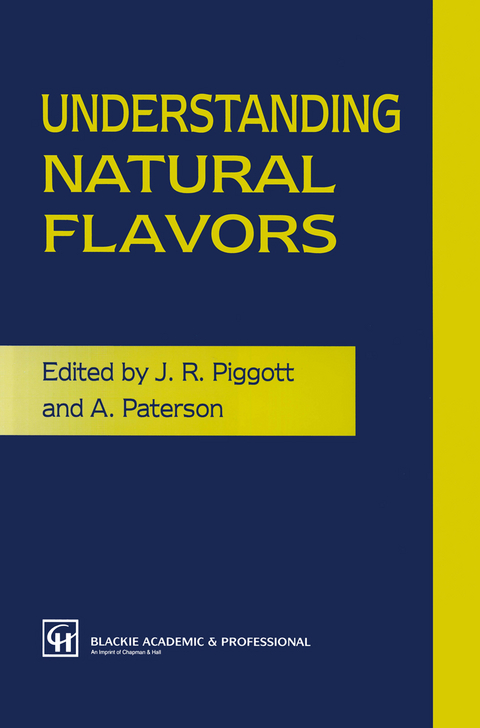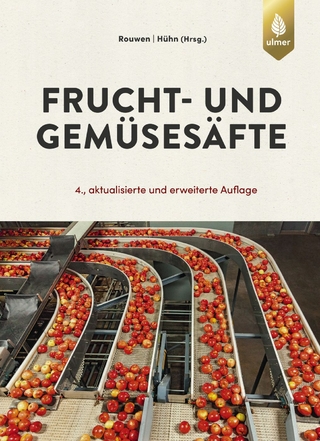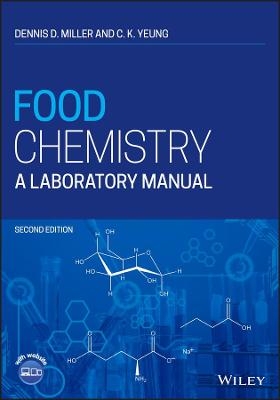
Understanding Natural Flavors
Springer-Verlag New York Inc.
978-1-4613-5895-4 (ISBN)
There has been increasing interest in recent years in the concept and production of natural foods. Advertising claims that food is natural, without additives or artificial ingredients, have taken on great importance in marketing. Consumption of food that can be considered natural is currently central to the sophisticated lifestyle. However, there is only a limited published literature on what constitutes natural food flavours. Much of the flavour and fragrance industry has worked on development of synthetic or 'nature-identical' flavours which represent a chemist's simu lation of the natural character. As marketing claims become more strident it is necessary to gain a better understanding of natural food flavours in order to safeguard food quality and for prevention of fraud. There have been great advances recently in analytical chemistry, and partly as a result of this progress there seems to be a never-ending increase in the number of volatile compounds identified in foods. Unfortunately, this has not always been matched by an equal increase in the understanding of how these volatile compounds arise, or how they contribute to the sensation which we call flavour. Throughout the development of Western society, quality of food, particularly flavour, has been highly regarded. The amateur or professional cook with the skills to optimize and maintain standards in flavour has been held in the highest respect.
1 Predicting acceptability from flavour data.- Abstract.- References.- 2 Sensory analysis of flavours.- Abstract.- References.- 3 Food acceptability.- Abstract.- References.- 4 Psychology and psychophysiological measurements of flavour.- Abstract.- References.- 5 Matching sensory and instrumental analyses.- Abstract.- Acknowledgement.- References.- 6 Product optimization.- Abstract.- References.- 7 Software for data collection and processing.- Abstract.- Acknowledgements.- References.- 8 Citrus breeding and flavour.- Abstract.- Acknowledgements.- References.- 9 Cereal flavours.- Abstract.- References.- 10 Meat flavour.- Abstract.- References.- 11 Consumer perceptions of natural foods.- Abstract.- References.- 12 Biotechnical production of flavours — current status.- Abstract.- Acknowledgements.- References.- 13 Natural flavours for alcoholic beverages.- Abstract.- References.- 14 Beer flavour.- Abstract.- Acknowledgements.- References.- 15 Wine flavour.- Abstract.- Acknowledgements.- References.- 16 Flavour of distilled beverages.- Abstract.- References.- 17 Cocoa flavour.- Abstract.- References.- 18 Cheese flavour.- Abstract.- References.- 19 Savoury flavours — an overview.- Abstract.- References.
| Zusatzinfo | XV, 318 p. |
|---|---|
| Verlagsort | New York, NY |
| Sprache | englisch |
| Maße | 155 x 235 mm |
| Themenwelt | Technik ► Lebensmitteltechnologie |
| ISBN-10 | 1-4613-5895-7 / 1461358957 |
| ISBN-13 | 978-1-4613-5895-4 / 9781461358954 |
| Zustand | Neuware |
| Haben Sie eine Frage zum Produkt? |
aus dem Bereich


